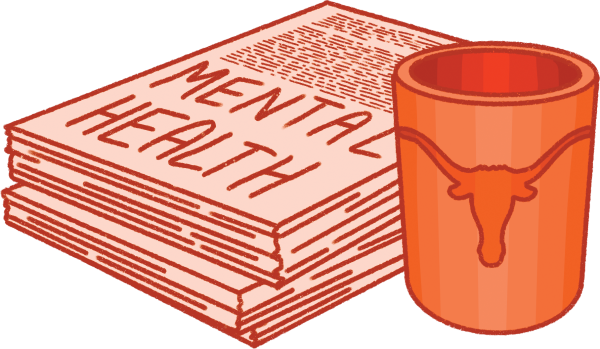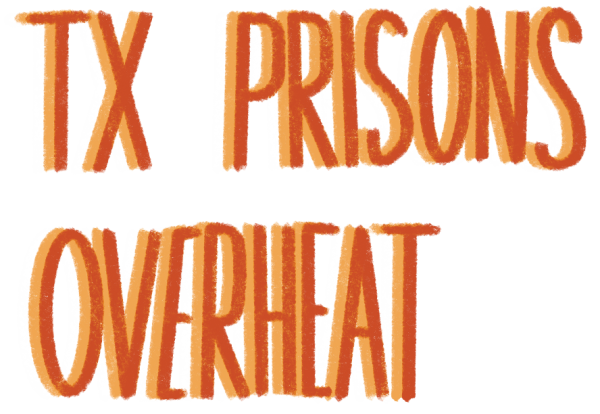Keeping Citizens Covered During COVID
September 3, 2020
In April, Governor Greg Abbott announced Phase I of his reopening plan, disconcertingly called “The Governor’s Strike Force to Open Texas.” While a virus must indeed be battled, the use of this term makes no sense in this context. Deadly viruses do not surrender like people can. They must be strategically dealt with through the use of testing, research, widespread mask wearing, and vigilance. As such, titling a reopening plan a strike force is extremely misleading — unless, of course, Abbott’s plan is meant to serve as a strike force against public health.
Governor Abbott re-opened businesses and removed precautions less than two months after closing the state which was premature, reckless, and put countless Texan lives in danger.
Statewide reopening had a disproportionate effect on cities with larger populations. Abbott’s one-size-fits-all approach to reopening made it nearly impossible for cities like Austin with higher infection rates to put regulations in place to create a safer environment for their citizens. In early June, Mayor Steve Adler requested permission from the state to mandate mask-wearing in Austin, but his request was only fulfilled after Governor Abbott put in the same regulations statewide.
Many states in the U.S. took a much more careful approach resulting in lower case numbers. Whereas Texas closed in early March and began reopening in May, Maine began research to prepare their healthcare system in early December, and resultantly is currently in the process of reopening. While Texas had above 10,000 new cases daily as of July 15, Maine had under 25. If Governor Abbott had taken precautions as strong as Maine had and remained closed, Texas might be in the process of safely reopening today.
While economic concerns around remaining closed make sense in theory, in practice, reopening could have an even more harmful effect on the economy. Reopening prematurely increases the probability that Texas will have to close again to avoid skyrocketing case numbers. This closure would be for even longer and have an even more hefty effect on the economy. But aside from the effect on the economy, it also puts thousands of lives at stake. While economic well-being is important, the well-being of the population of Texas is considerably more so.
This is where the Spanish Flu should be used as a cautionary tale. The Spanish flu came in four waves over two years, infecting 500 million people. In order to avoid another wave (or even three more) of this deadly disease, officials must be much more vigilant in their decisions for re-opening. Not only has COVID-19 killed more Americans than World War I, it has created economic rifts beyond what anyone expected, created chasms between political parties so deep they cannot be seen over, and left many Americans mourning and in fear. This may just be the beginning if officials are not more careful. It is the responsibility of government officials to prioritize the health of all of their constituents, not just prioritize the opinions of those constituents who see safety as a threat to their freedom.







